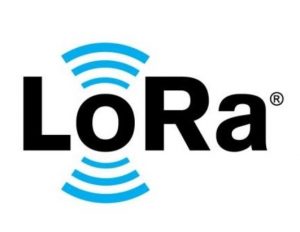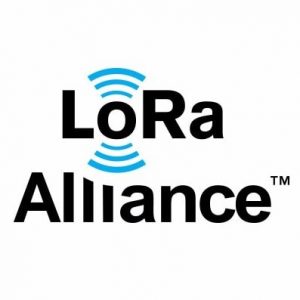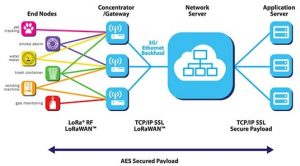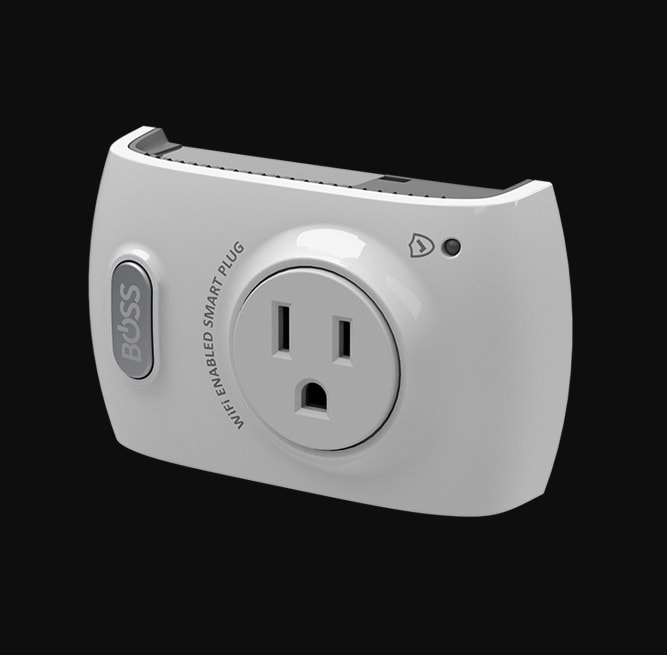Today, energy efficiency is a big issue almost in every sector, including in wireless technology application. In order to become efficient, nowadays wireless technology is expected to not only having a good performance especially in data transmission, but it’s also expected to be efficient in term of energy use. And one of the ways to bring this principle up is by applying wireless technology that has good performance, while at the same time, could maintain its power consumption. This is why we’re talking about LoRa.
 What is LoRa Technology
What is LoRa Technology
LoRa may not as familiar as other wireless technology such as Bluetooth and WiFi. But, this technology is predicted to be very popular for commercial use in the future due to the usefulness and benefits of it. Then, what LoRa actually is? Here is the explanation about this technology.
LoRa is a kind of wireless technology that was developed and patented by Cycleo of Grenoble, France. Then, this technology was acquired by Semtech in 2012. The license of this wireless system is varied in several different countries. In the Europe, it uses 169 MHz, 433 MHz, and 868 MHz bands. While in the US, it uses 915 MHz band.
Kinds of LoRa Technology
 By the design, LoRa technology is divided into two kinds: LoRa the physical layer, and LoRaWAN, which is the upper layer. The main difference between these two is for LoRaWAN, it defines network system architecture and communication protocol. While for physical layer, this is the tech that enables long-range link of communication. As for upper layer, this protocol is proprietary and closed. There is not much documents about it. So, the LoRa network that’s been marketed is mostly classified into LoRaWAN.
By the design, LoRa technology is divided into two kinds: LoRa the physical layer, and LoRaWAN, which is the upper layer. The main difference between these two is for LoRaWAN, it defines network system architecture and communication protocol. While for physical layer, this is the tech that enables long-range link of communication. As for upper layer, this protocol is proprietary and closed. There is not much documents about it. So, the LoRa network that’s been marketed is mostly classified into LoRaWAN.
Talking further about LoRaWAN, this is basically a medium access control layer protocol that manages communication between the LoRaWAN gateways to end-node devices. The first version of LoRaWAN (1.0) was released in June 2015 by LoRa alliance. Based on this alliance, the application of LoRaWAN has been vary in millions sensors. Some of these are the sensors are implemented in cars, manufacturing equipment, street lights, wearable device, home appliances, and many other various applications. We can even say that nowadays, LoRaWAN is everywhere creating IoT system and smart city.
How LoRa Works
In technical matter, LoRa is a wireless technology that’s aimed for creating communication link within long distance coverage. This technology is difference from other network system due to the use of star architecture in this wireless system. In this architecture, there will be a central node where all end devices are connected to. Between the central node and end devices, there are gateways that serve as transparent bridge to relay message from end device to central node and vice versa.
In the end nodes, data will be transferred from by using to gateways single-hop wireless communication. Then, this data will be forwarded to centralized or network server through standard IP. This Network server will perform security check, package duplicate, and management. After that, the data will be forwarded again to the application server.
Chirp Modulation in LoRa and Its Benefits
In creating communication link, LoRa also employs what we call chirp spread spectrum modulation. This is the kind of modulation that’s a quite similar to Frequency Shifting Keying (FSK) modulation. But, chirp modulation has much wider communication range compared to the FSK. For over years, chirp modulation has been used by military. But for the commercial, the first commercial use of chirp modulation is in LoRa.
 There are 2 major benefits of using chirp modulation. This first one is, as claimed by LoRa Alliance, chirp modulation can maintain the device to operate in low power while increasing the wireless coverage. This coverage is claimed to be able to spread to the entire city. A single LoRa gateway with chirp modulation is able to deliver services within hundred squares of kilometers. However, this coverage depends on location contour and environment.
There are 2 major benefits of using chirp modulation. This first one is, as claimed by LoRa Alliance, chirp modulation can maintain the device to operate in low power while increasing the wireless coverage. This coverage is claimed to be able to spread to the entire city. A single LoRa gateway with chirp modulation is able to deliver services within hundred squares of kilometers. However, this coverage depends on location contour and environment.
The second and the last benefit, chirp modulation is resistance to multipath fading. Even when operating in lower power, chirp modulation is still free from this typical low power problem. This is because chirp uses all bandwidths in broadcasting signals. Besides, this is also possible since chirps modulation utilizes broad band spectrum in its operation. And the last but not least, chirp is also resistance to Doppler Effect, which is typically happen in radio application.
LoRa Technology Characteristics
With the operational description above, there are several typical characteristics of LoRaWAN. The first is the long battery life. As stated before, LoRa technology has managed to deliver wider area coverage while managing to have low power consumption. It’s even said that the batter of LoRa can remain up to 10 years to support smart metering systems. With this low power consumption, it leads to the second characteristic, which is low budget application. As for the last one, the data communication throughput capacity of LoRa is limited.
Considering the various benefits that are offered, the possibility of this technology usage in the future is wide opened. Not only due to the low power consumption it has, but the coverage area of LoRa technology is very wide. So, we can expect that the application of this kind of wireless system will be even more massive in the future.


